 History
History  History
History  Technology
Technology 10 Surprising Truths About the Power Grid You Were Never Told
 Food
Food 10 Most Outrageous Restaurant Food Challenges
 Facts
Facts 10 Interesting and Bizarre Facts About Vending Machines
 Technology
Technology 10 Ancient “Smart” Materials Scientists Still Can’t Reproduce
 Gaming
Gaming 10 Games Milked for All Their Worth
 Our World
Our World 10 Things That Will Make You Rethink Everything Normal
 Animals
Animals 10 Times the Christian Church Took on the Animal Kingdom
 Weird Stuff
Weird Stuff 10 Big Ideas Born in British Pubs
 Travel
Travel 10 Perilous Hikes Still Open to the Public Today
 History
History 10 Doomsday Scenes from the Year Without a Summer
 Technology
Technology 10 Surprising Truths About the Power Grid You Were Never Told
 Food
Food 10 Most Outrageous Restaurant Food Challenges
Who's Behind Listverse?

Jamie Frater
Head Editor
Jamie founded Listverse due to an insatiable desire to share fascinating, obscure, and bizarre facts. He has been a guest speaker on numerous national radio and television stations and is a five time published author.
More About Us Facts
Facts 10 Interesting and Bizarre Facts About Vending Machines
 Technology
Technology 10 Ancient “Smart” Materials Scientists Still Can’t Reproduce
 Gaming
Gaming 10 Games Milked for All Their Worth
 Our World
Our World 10 Things That Will Make You Rethink Everything Normal
 Animals
Animals 10 Times the Christian Church Took on the Animal Kingdom
 Weird Stuff
Weird Stuff 10 Big Ideas Born in British Pubs
 Travel
Travel 10 Perilous Hikes Still Open to the Public Today
10 Reasons The Syrian War Is Even Worse Than You Imagined
In January 2011, the first minor protests began breaking out across Syria. Once the Syrian government started using chemical weapons on its own citizens, the international community stepped in and negotiated the destruction of the weapons. But that hasn’t been the end of the sad saga.
Four years after the first protests, the horrors continue. Currently in the grip of one of the deadliest civil wars in recent history, and home to a nascent caliphate state, Syria in 2015 is a byword for tragedy. But even the most jaded cynic couldn’t guess the true extent of the crimes unfolding behind the headlines.
10Outbreaks
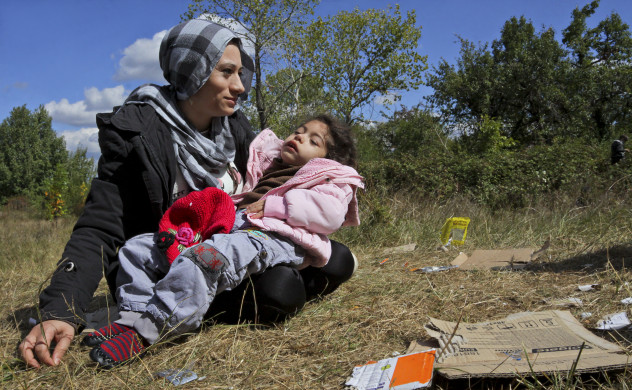
In 2013, the UN reported that the Syrian state was transforming public hospitals into weapons of war. Patients would enter and not return, with many detained or tortured by military intelligence. This dangerous erosion of trust, coupled with a lack of basic medical supplies in many regions, has had one far-reaching and immediate consequence: disease outbreaks.
According to the UN, Syria is currently in the grip of a polio outbreak that could be “the most challenging in history.” But this nasty virus, which causes irreversible paralysis in 1 in every 200 cases, is only the most famous to rear its ugly head. In 2014 alone, 4,200 cases of measles and over 6,000 cases of typhoid were reported across the country, mostly affecting children.
But the saddest statistics of all may well be those regarding leishmaniasis. Transmitted by sand fly bites, leishmaniasis results in hideously disfiguring scars that never fade. Sufferers can spend the rest of their lives isolated and ostracized by society. In the last four years, over 100,000 Syrian children have contracted the disease. Thanks to the war, there’s not much anyone can do to help them.
9Starvation
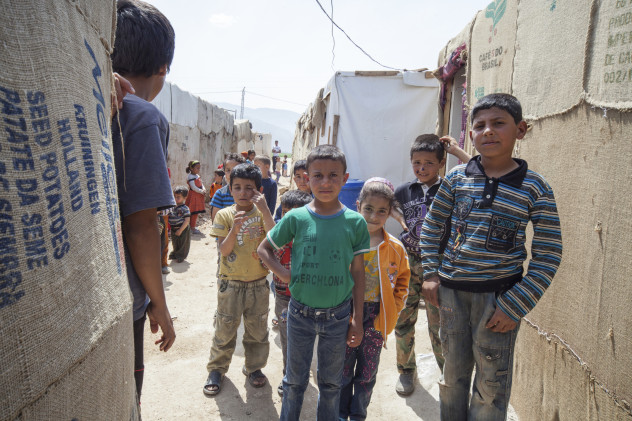
On December 1, 2014, the UN’s World Food Programme (WFP) ran out of funding to feed Syria’s refugees. Up to 1.7 million people nearly starved. Luckily, a funding drive allowed the program to restart before disaster struck. But such close calls only highlight how Syria’s population is running out of time.
According to the WFP, only 5 percent of Syrian farmers managed to harvest their crops last year. Across the country, shops are running out of supplies and hunger is taking hold. And Assad’s regime is using this to their advantage. Right now, 100,000 people in the rebel-held part of Homs are being allowed to starve by the military, and most of them are civilians.
Internal refugee camps have also been cut off from meager supplies, resulting in malnutrition and mass starvation. All signs point toward the regime using starvation as a weapon of war, with potentially catastrophic consequences. For thousands of hungry Syrians, it may already be too late to help.
8Forced Recruitment

For the last four years, we’ve heard nonstop stories about the hideous atrocities Assad’s forces are committing in his name. With such overwhelming evidence that the Syrian military is engaging in war crimes, you might wonder why anyone would consider fighting for them. The answer is as simple as it is depressing: Most of them don’t have a choice.
Since fall of 2014, the Assad regime has been on a determined recruitment drive targeting young men in their twenties. Reports claim homes, cafes, and public meeting places are routinely raided for new cannon fodder, while draconian restrictions are stopping young men from fleeing the country. At the same time, those who try to avoid serving can find themselves fined, arrested, fired from their jobs, or intimidated by security forces.
In the cities, things have become so bad that parents fear letting teenage children out their sight in case soldiers forcibly draft them. Meanwhile, the punishments for deserters are becoming ever more cruel. With each forced recruitment drive, Assad is ensuring that thousands of unwilling young men become active tools of his psychopathy.
7Spillover
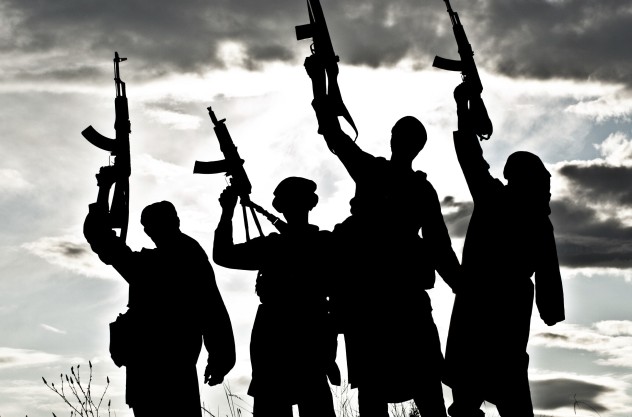
While most of the war’s coverage has focused on the devastation happening inside Syria, the country’s closest neighbors have suffered, too. In particular, Lebanon has absorbed so much collateral damage that it probably counts as a full-blown crisis. Thanks to an extremely high influx of refugees, the country has seen depressed wages, unemployment soaring to 20 percent, and a loss of around $7.5 billion in economic activity. It’s also seen its population balloon by 1.5 million, straining services to breaking point. The IMF says this is equivalent to the entire population of Canada spontaneously fleeing to the US.
Along the borders, things are even worse. ISIS militants recently crossed into Lebanon near Arsal, killing 29 people and kidnapping 27. In southern towns and villages, fear of militant incursions is high.
Other countries are facing similar problems. Public services in Jordan are reaching the breaking point, while Israel is entertaining the worrying possibility that militants might attack the Golan Heights. In Turkey, ISIS’s assault on Kurdish towns in Iraq has triggered deadly riots back home. With the risk of border clashes high, it’s beginning to seem that fears of the war sucking in the entire region, which were once thought paranoid, may well have been justified.
6Barrel Bombs
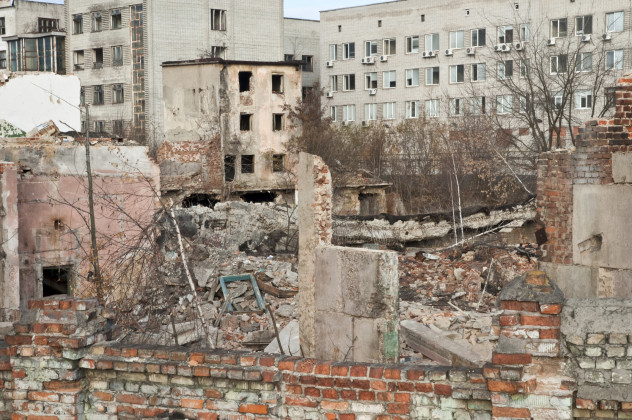
In a kinder world, no one would have ever heard of barrel bombs. Old oil drums that have been stuffed with TNT, nails, and scrap metal, these simple weapons are frequently dropped from helicopters into crowded civilian areas. Each one is like a super-sized Boston Marathon bomb—indiscriminate and capable of maiming or killing dozens. And Assad’s regime uses them like they’re going out of fashion.
Between February and July 2014, Human Rights Watch counted 650 barrel bomb attacks in Aleppo alone. For those on the ground, each one was like a miniature nightmare. Although barrel bombs are known to be incredibly ineffective for targeted attacks, they induce sheer terror in those below thanks to their randomness. In an interview with the Associated Press, one activist reported that people panic whenever they hear a helicopter, and that waiting for the barrel to drop is like waiting for death.
Thanks to their psychological toll and non-targeted nature, the UN banned barrel bombs in the wake of Assad’s Aleppo campaign. Following the ban, the regime nearly doubled their use, at one point even dropping them on refugee camps. And this might well be the most terrifying thing about them. The confirmation that, as the Washington Post noted, the regime is no longer interested in any path forward other than killing.
5Foreign Jihad

Ever since the very first protests against Assad, a trickle of foreigners has been steadily entering Syria to work with the opposition. In 2014, however, it became a tsunami. According to a UN Security Council report, over 15,000 different fighters from 80 different countries have now entered the war. Many are even calling the shots. In their wake, they’ve brought more confusion and disaster than previously thought possible.
Because of the global nature of jihad, organizations like ISIS and al-Nusra Front are more than happy to accommodate Chechen, Tunisian, Iraqi, Saudi, or even Western fighters. Typically, those willing to travel to a war-torn country are among the most extreme, with the result that increasingly hard-line commanders with no connection to the country are running the show. In a recent Guardian article, many moderate anti-Assad fighters expressed concern that this new wave of jihadis was pushing the conflict in even more brutal directions. At the same time, they claimed the war was becoming less and less of a Syrian affair, and more a fanatical proxy war that just happens to be taking place on Syrian soil.
4Proxy Wars

As one of the messiest conflicts in recent memory, Syria has been a godsend for outsiders looking to assert some political advantage in the region. Under the cover of supporting regime change, or the fight against ISIS, dozens of states have used this devastating conflict as a proxy war against other “enemies.”
Most obviously, Iran and Saudi Arabia have been respectively training regime forces and funding terrorists in an effort to push their brand of Islam on the region. But an internal Wahhabi conflict, and Putin’s new Cold War, have also played a part. Overall, it is thought that there may be as many as eight proxy conflicts being decided on Syria’s battlegrounds.
For the Syrian people, this is very bad news. Aside from sowing confusion, the presence of foreign powers and vested interests makes the course of the war almost impossible to control. At its most perverse, this means thousands of Syrians are being slaughtered as a direct result of political games played hundreds of miles away. It also means the conflict is unlikely to wind down any time soon. Instead, things may yet get murkier as outside interference increases.
3The Fate Of Syria’s Children
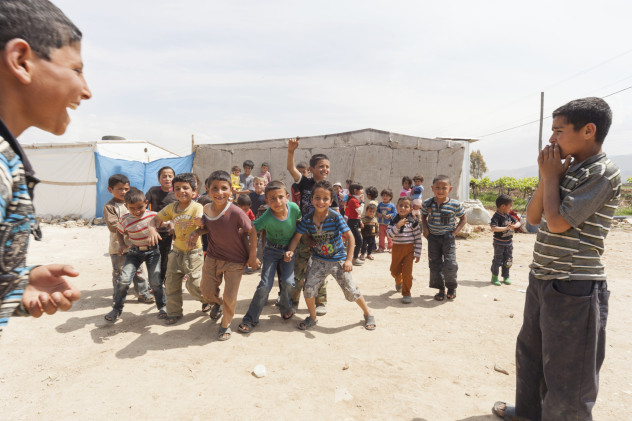
In February 2014, the United Nations reported that the death toll for children in Syria had reached 10,000. Although that figure is shocking enough, it doesn’t tell the whole tale of the abuse suffered by Syria’s children. Under Assad’s command, the armed forces have been accused of using children as human shields in combat, while reports of torture, rape, and murder of minors by the security services are terrifyingly common.
Nor are the opposition any better. Since 2013, the “moderate” opposition Free Syrian Army has been recruiting child soldiers to help their cause, sending them to die in pointless battles they have no hope of winning.
But even this litany of abuse has nothing on the efforts of ISIS. Throughout their territory in Syria, they have been recruiting and brainwashing children on an industrial scale. In a recent report, The New York Times claimed the militants force children to watch and participate in public executions, and subject them to brutal propaganda designed to turn them into “devoted fighters that will see violence as a way of life.” Once they’ve been sufficiently programmed, boys are given a gun or suicide vest, and sent out to spread the group’s message of terror. Girls become sex slaves for the caliphate’s fighters.
It’s impossible to tell what psychological damage this unrelenting horror might be doing to Syria’s children. But one thing’s for sure: If the conflict’s main belligerents continue to have their way, the next generation will bear the scars for the rest of their lives.
2The Fate Of Assad

Not much more than a year ago, it was clear that Syrian President Bashar al-Assad was the villain in this conflict. A wanted war criminal who had used chemical weapons against his own people, it seemed only a matter of time before international justice caught up with him. Today, things are far less clear.
As NPR has noted, 2014 was the year that ISIS rose to prominence. With a threat as catastrophically huge as the caliphate, Western powers such as the US had little choice but to begin bombing the militants. Although that doesn’t mean we’ve partnered with Assad, the result is the same: the elimination of the dictator’s opposition and a strengthening of his position. It’s even been suggested that Assad deliberately allowed ISIS to gain power in the hopes of forcing Western leaders into a Sophie’s choice between his regime and the militants’. If such a decision ever had to be made, it’s unlikely the US would choose to ally with ISIS.
As a result of these considerations, some analysts are now beginning to doubt US commitment to a Syria without Assad. Whether they’re right or wrong, there’s no doubting that the dictator is currently in a much stronger position than even 12 months ago. The sad truth is that this position may become even stronger over the coming year until the idea of Assad facing justice seems as laughable as it did before the first protests even began.
1Total Chaos

If 2014 was the year Syria reached crisis point, 2015 may be the year when the entire country goes to hell. In a spectacularly glum Christmas article, Reuters listed the hurdles preventing a lasting peace—from economic disintegration, to plummeting oil prices, and the death of any credible non-extremist opposition—and concluded that an agreement was now effectively impossible.
But a lack of end to the conflict may yet turn out to be the least of Syria’s problems. The year 2014 was also the year that saw hundreds of splinter groups form from the disintegrating opposition, and the rise of vicious warlords from the formerly pro-Assad paramilitaries. With the regime’s hold weakening outside of its core areas, many regions may yet find themselves under control of whichever local group has the most firepower. If that happens, Syria could well become the next Somalia: a fractured land of warlords, jihadists, and militias, each running a handful of towns and villages as their own personal fiefdom. As Somalia has shown, once you become a failed state getting back to stability is almost impossible.
Syria may not be irrecoverably lost yet, but time is running out. Unless surprising new advancements are made in the next 12 months, 2015 may go down as the year when an entire country disintegrated into dust.








